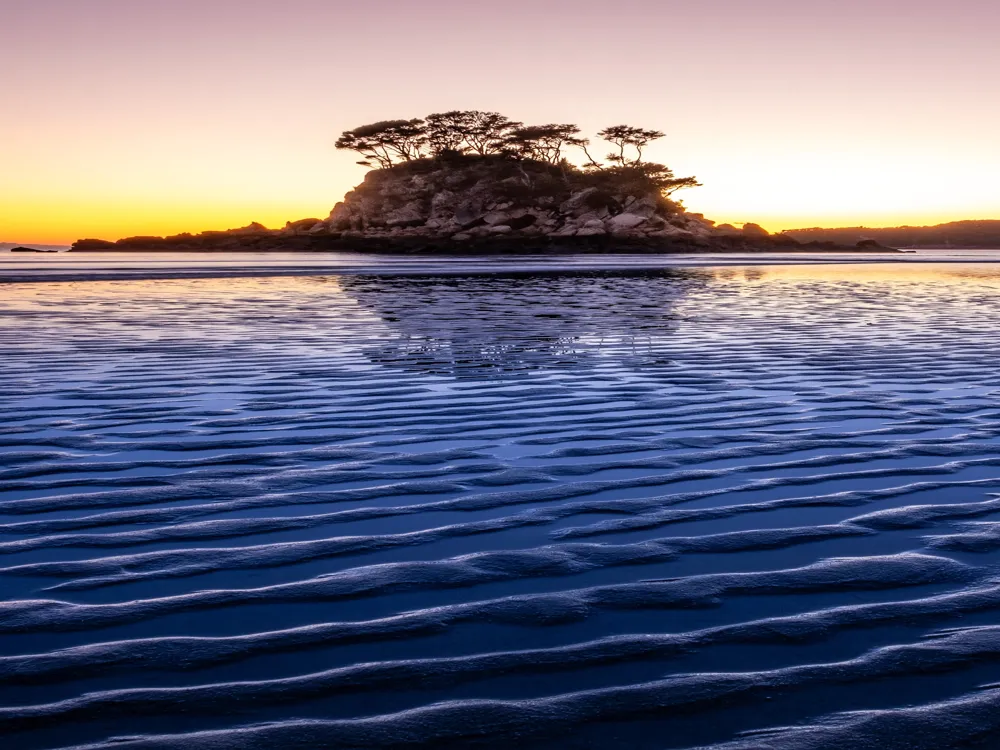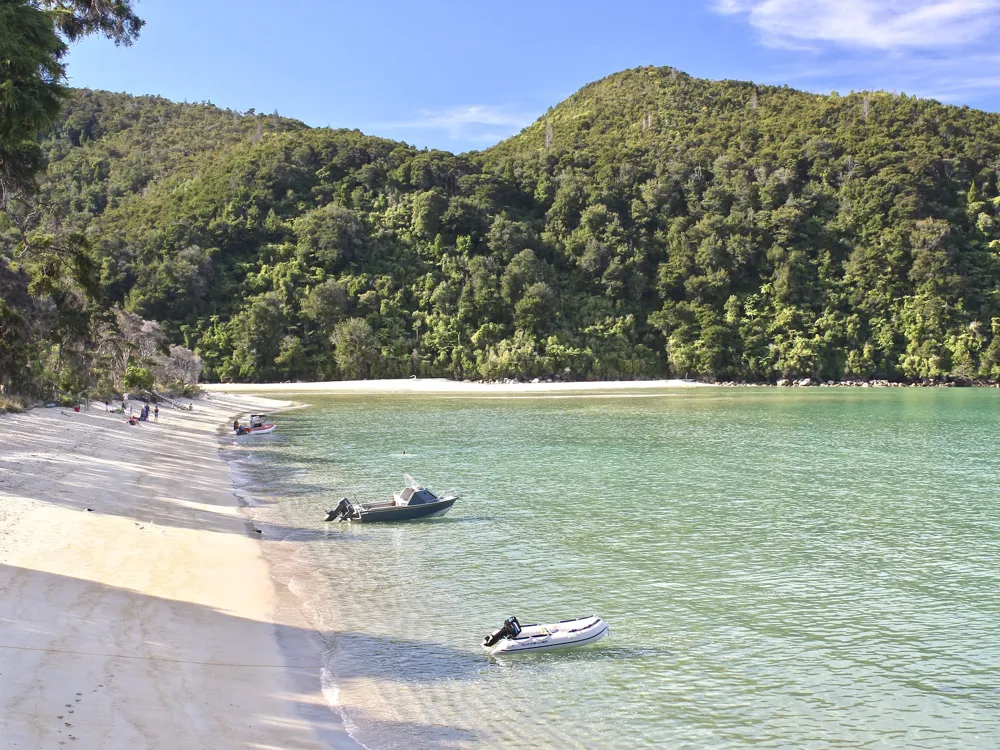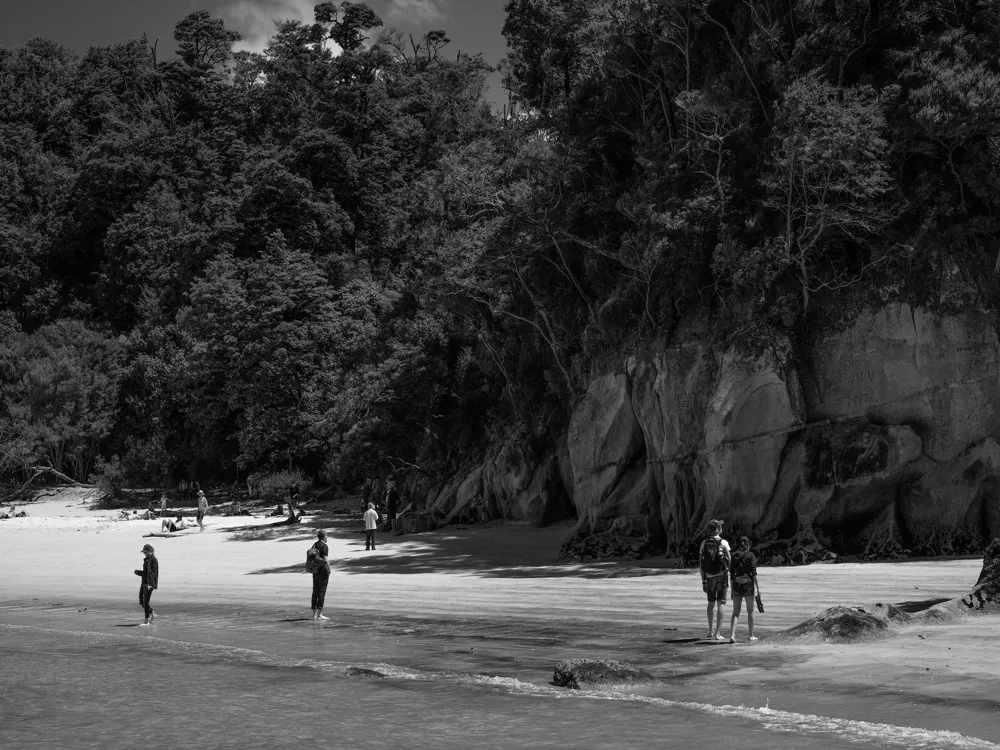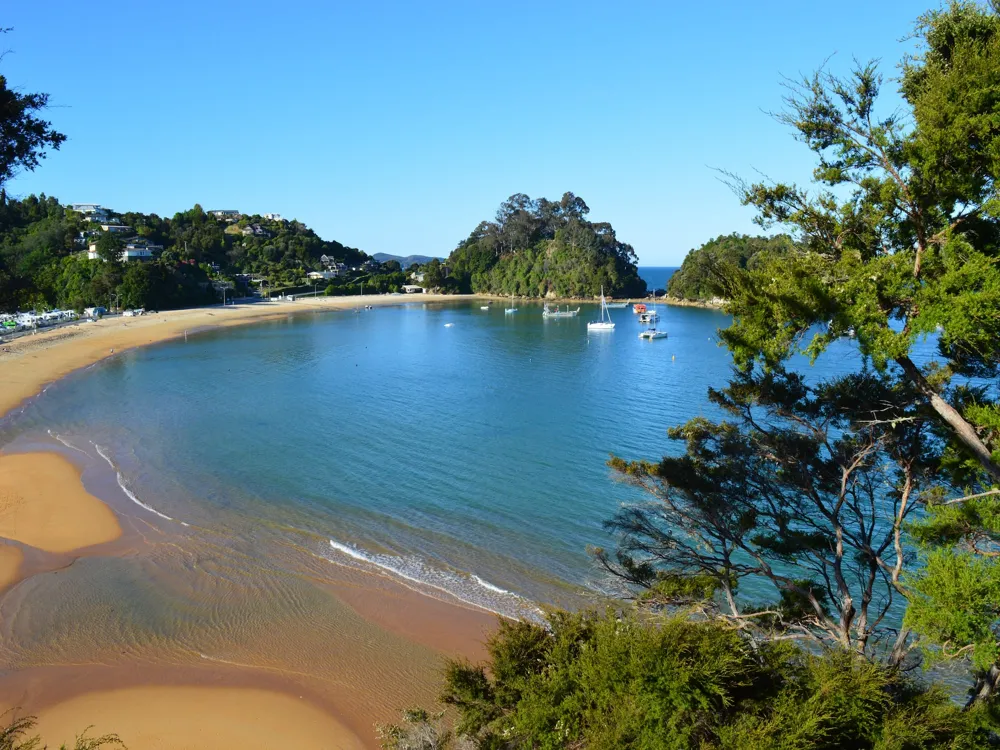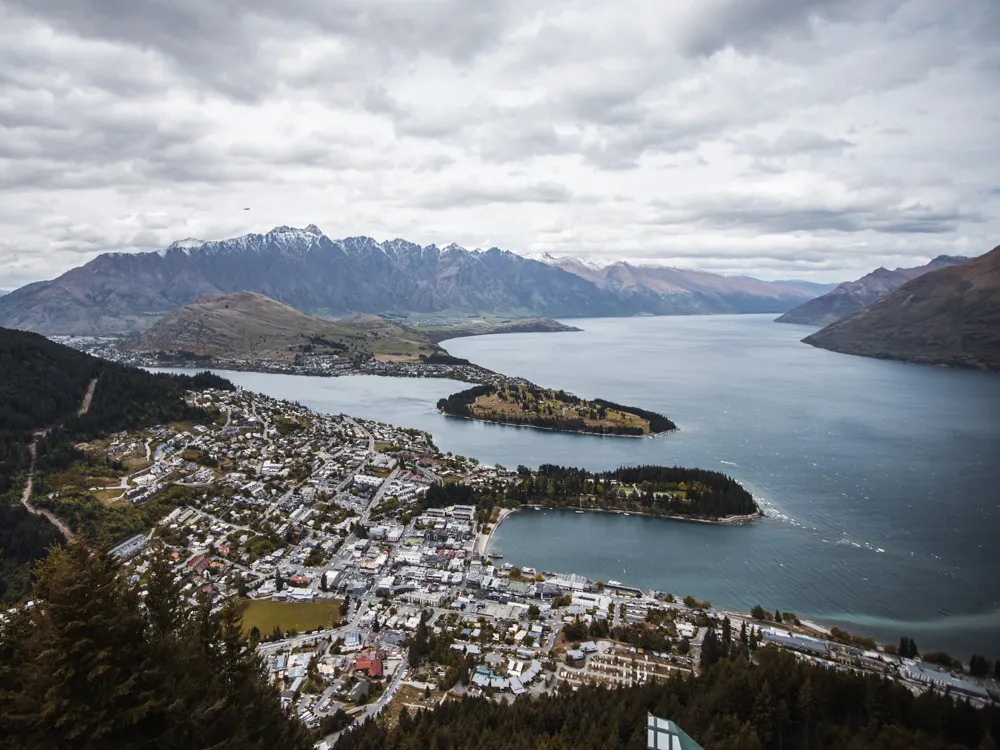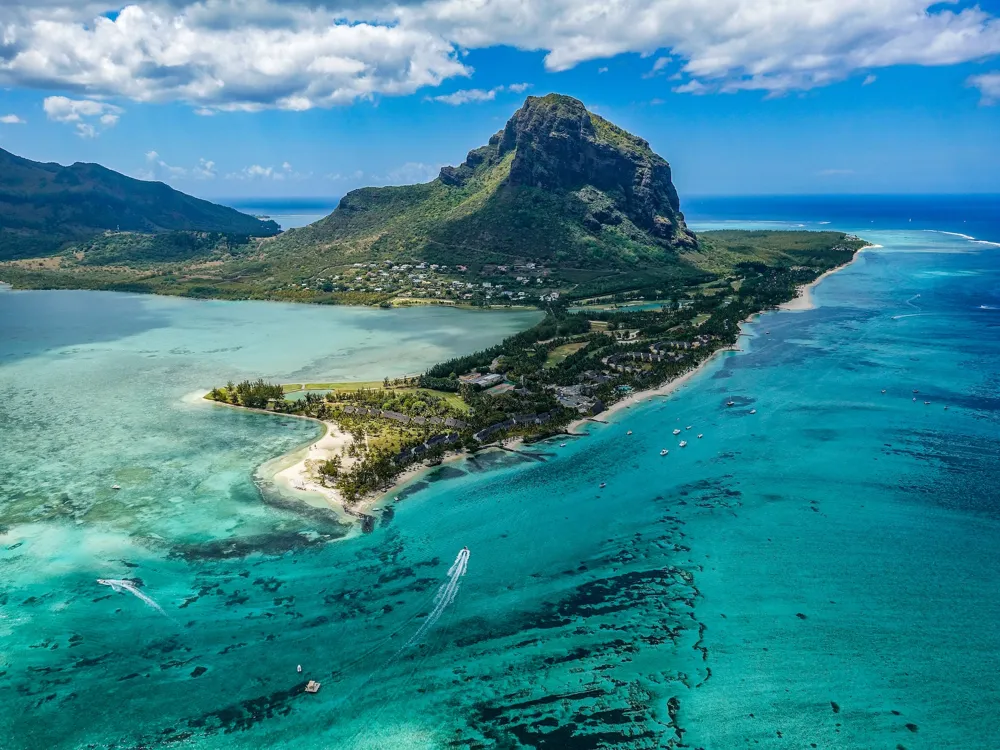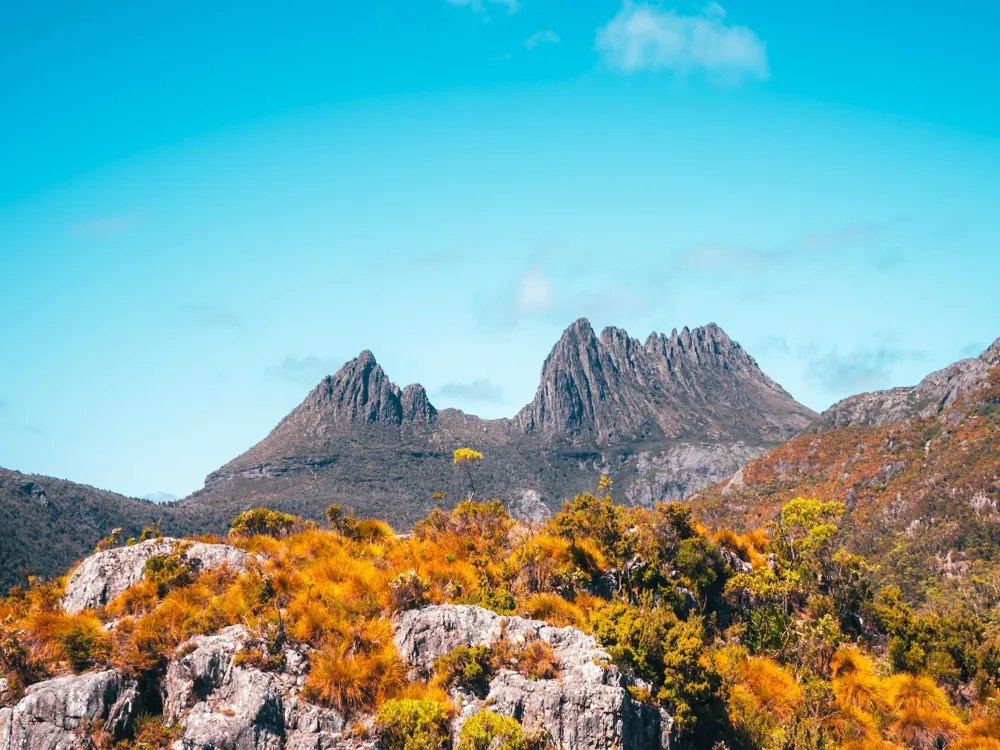Best Time To Visit Abel Tasman National Park
New Zealand
36 out of 52 Places to visit in New ZealandNaN onwards View Packages
Get Customized PackagesThe Land of Diversity
Top Hotel Collections

Private Pool

Luxury Hotels

5-Star Hotels

Pet Friendly
What is the Best Time to Visit Abel Tasman National Park?
Abel Tasman National Park, a pristine haven nestled at the northwestern tip of New Zealand's South Island, beckons travelers with its breathtaking landscapes, golden beaches, and lush forests. Planning a visit to this natural marvel requires careful consideration of the timing to ensure an optimal experience. In this comprehensive guide, we delve into the best times to visit Abel Tasman National Park to help you make the most of your journey.
More about the Best Time to Travel to Abel Tasman National Park
Travel Peak Season in Abel Tasman National Park
The allure of Abel Tasman National Park is timeless, but certain periods witness a surge in visitors seeking to bask in its beauty. The peak season, spanning from late December to early February, bathes the park in warm sunlight, enhancing the coastal vistas and making it an ideal time for beach activities. However, be prepared for larger crowds and ensure accommodation reservations well in advance.
Travel Offseason in Abel Tasman National Park
For those yearning for a more tranquil experience, the offseason from March to November provides a serene alternative. During this period, you can relish the park's tranquility with fewer tourists. While the weather may be cooler, the serenity and the ability to explore the trails at your own pace make it an enticing choice for the discerning traveler.
Abel Tasman National Park Travel Packages
View All Packages For Abel Tasman National Park
Abel Tasman National Park Weather in Winter (November – February)
Abel Tasman National Park Weather in November
November heralds the onset of summer in the Southern Hemisphere, gracing Abel Tasman National Park with mild temperatures and blooming flora. The average temperature ranges from 10 to 21 degrees Celsius, making it an excellent time for hiking and wildlife spotting.
Abel Tasman National Park Weather in December
As summer takes full hold, December offers warm temperatures ranging from 12 to 23 degrees Celsius. This month is perfect for water activities, such as kayaking and swimming, as well as exploring the park's diverse trails.
Abel Tasman National Park Weather in January
January is the epitome of summer bliss, with temperatures ranging from 13 to 24 degrees Celsius. It's an ideal time for beach enthusiasts, with the inviting waters of Tasman Bay perfect for snorkeling and paddleboarding.
Abel Tasman National Park Weather in February
February, the final month of summer, maintains a warm ambiance with temperatures between 13 and 24 degrees Celsius. It's an opportune time to witness the park's vibrant flora and fauna, with the added advantage of fewer crowds compared to the peak season.
Abel Tasman National Park Weather in Summers (March to June)
Abel Tasman National Park Weather in March
As summer transitions to autumn, March offers a pleasant climate with temperatures ranging from 11 to 21 degrees Celsius. It's an excellent time for hiking, with the added bonus of the park adorned in autumnal hues.
Abel Tasman National Park Weather in April
April continues to showcase the beauty of Abel Tasman National Park with temperatures between 9 and 18 degrees Celsius. The fall foliage adds a picturesque touch to the landscapes, creating a captivating atmosphere for outdoor activities.
Abel Tasman National Park Weather in May
May ushers in cooler temperatures, ranging from 7 to 15 degrees Celsius. While the weather is cooler, the crisp air enhances visibility, making it an optimal time for photography and birdwatching.
Abel Tasman National Park Weather in June
Winter arrives in June, bringing cooler temperatures ranging from 5 to 13 degrees Celsius. Despite the cooler climate, June provides a unique perspective of the park, with misty mornings and the chance to witness wildlife in their natural habitats.
Abel Tasman National Park Weather in Monsoon (July – October)
Abel Tasman National Park Weather in July
July marks the beginning of the monsoon season, with temperatures ranging from 3 to 12 degrees Celsius. While rainfall is more frequent, the lush landscapes and fewer visitors create an intimate setting for nature enthusiasts.
Abel Tasman National Park Weather in August
August continues the monsoon season, with temperatures between 3 and 13 degrees Celsius. Rainfall rejuvenates the park, creating vibrant greenery and filling rivers and waterfalls, offering a unique perspective for those willing to embrace the rain.
Abel Tasman National Park Weather in September
September signals the waning of the monsoon, with temperatures ranging from 6 to 15 degrees Celsius. As the rain subsides, the park undergoes a transformation, with blossoming flowers and rejuvenated vegetation.
Abel Tasman National Park Weather in October
October marks the end of the monsoon season, with temperatures between 8 and 17 degrees Celsius. The park emerges from the rainy season with renewed vitality, making it an ideal time for hiking and exploring the trails.
In conclusion, Abel Tasman National Park is a year-round destination, each season offering a unique perspective of this natural paradise. Whether you prefer the vibrant energy of summer or the serene ambiance of the offseason, planning your visit according to the weather and your interests ensures a memorable experience. Embrace the diversity of Abel Tasman National Park throughout the year, and let the natural wonders unfold in every season.
Places To Visit In Abel Tasman National Park
Nearby Places Abel Tasman National Park
Abel Tasman National Park Photos
View All Photos For Abel Tasman National ParkBrowse Package Collections
Browse Hotel Collections
Faq
Q1: When is the best time to visit Abel Tasman National Park?
A1: The best time to visit Abel Tasman National Park is during the late spring to early autumn, roughly from October to April. During this period, you can enjoy milder temperatures and increased chances of sunny weather, ideal for exploring the park's stunning landscapes and coastal trails.
Q2: What is the weather like in Abel Tasman National Park during the recommended months?
A2: Expect temperatures ranging from 18 to 25 degrees Celsius (64 to 77 degrees Fahrenheit) during the day. The weather is generally pleasant, with lower chances of rain, providing optimal conditions for outdoor activities.
Q3: Are there specific months to avoid due to weather conditions?
A3: While Abel Tasman National Park can be visited year-round, winter (May to September) tends to be cooler, and there's a higher chance of rainfall. Some facilities may also have reduced hours during the off-peak season.
Q4: Can I visit Abel Tasman National Park in winter?
A4: Yes, you can visit in winter, but be prepared for cooler temperatures and the possibility of rain. Winter can still offer a unique and serene experience, with fewer crowds and lush greenery.
Q5: Are there any seasonal events or festivals in Abel Tasman National Park?
A5: While the park itself doesn't host specific events, nearby towns may have festivals or activities. Check local event calendars for any cultural or outdoor events that might coincide with your visit.


